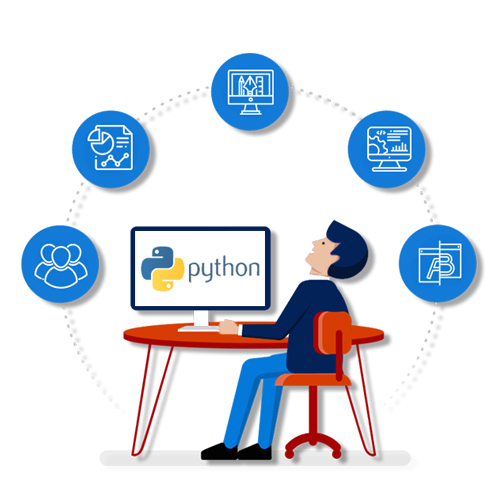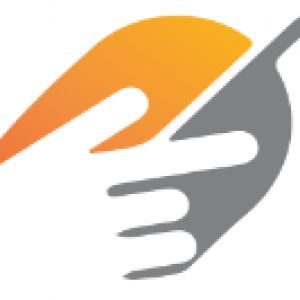The Evolution Of Python Language Through The YearsPosted by Absolutely on March 17th, 2021
Based on several websites, Python is among the most widely used coding languages of 2015. Together with as being a high-level and general-purpose programming language, Python can also be object-oriented and free. Simultaneously, a great number of developers around the globe happen to be using Python to produce Graphical user interface applications, websites and mobile phone applications. The differentiating component that Python has is it enables programmers to flesh out concepts by writing less and readable code. The developers can further make the most of several Python frameworks to mitigate the energy needed for building large and sophisticated computer programs. The programming language is presently getting used by a few high-traffic websites including Google, Yahoo Groups, Yahoo Maps, Linux Weekly News, Shopzilla and Web Therapy. Likewise, Python also finds great use for creating gaming, financial, scientific and academic applications. However, developers still use different versions from the programming language. Based on the usage statistics and share of the market data of Python published on W3techs, presently Python 2 has been utilized by 99.4% of web sites, whereas Python 3 has been used only by .6% of web sites. That's the reason, it might be required for each programmer to know different versions of python course london, and it is evolution over a long time. Despite being probably the most popular coding languages of 2015, Python was initially created by Guido van Rossum like a hobby project in December 1989. As Van Rossum's office continued to be closed during Christmas, he was searching for any hobby project which will keep him occupied throughout the holidays. He planned to produce an interpreter for any new scripting language, and named the work as Python. Thus, Python was initially designed like a successor to ABC programming language. After writing the interpreter, Van Rossum made the code public in Feb 1991. However, at the moment outdoors source programming language has been managed through the Python Software Foundation. Python 1. was launched in The month of january 1994. The main release incorporated numerous additional features and functional programming tools including lambda, filter, map and lower. The version 1.4 was launched with several additional features like keyword arguments, built-in support for complex figures, along with a fundamental type of data hiding. The main release was adopted by two minor releases, version 1.5 in December 1997 and version 1.6 in September 2000. The version 1 of Python lacked the characteristics provided by popular programming languages of times. However the initial versions produced a good foundation for growth and development of a effective and advanced programming language. In October 2000, Python 2. was launched using the new list comprehension feature along with a garbage collection system. The syntax for that list comprehension feature was inspired by other functional programming languages like Haskell. But Python 2., unlike Haskell, gave preference to alphabetic keywords over punctuation figures. Also, the rubbish collection system effectuated assortment of reference cycles. The main release was adopted by a number of minor releases. These releases added numerous functionality towards the programming language like support for nested scopes, and unification of Python's classes and kinds right into a single hierarchy. The Python Software Foundation has announced there could be no Python 2.8. However, the building blocks will give you support to version 5.7 from the programming language till 2020. Like it? Share it!More by this author |



